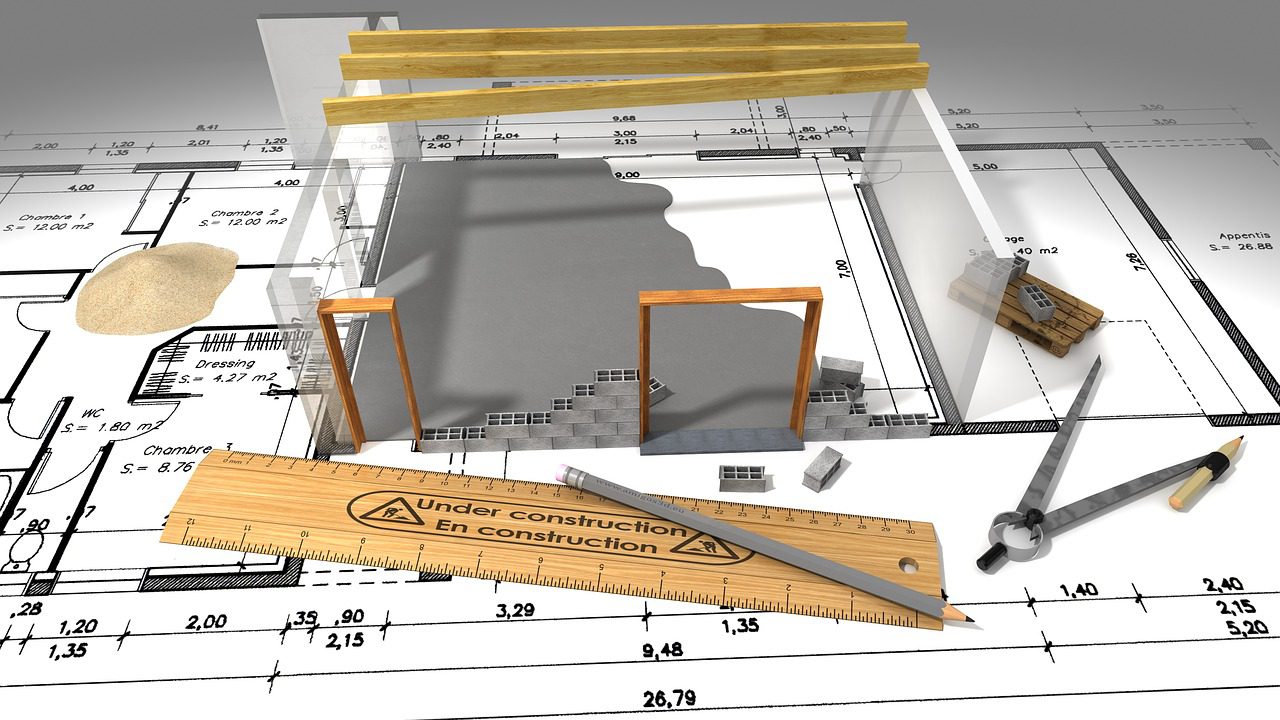Floors in building construction must meet certain functional requirements
Functional requirements of floors in building construction are essential to ensure that the
floors meet the needs and expectations of the building’s occupants and activities. The
specific functional requirements may vary depending on the type of building and its
intended use.
Following are the functional requirements of floors in building:
Load-Bearing Capacity:
Floors must be designed to support the intended loads without experiencing excessive
deflection or failure. This includes the dead loads (permanent loads like the weight of the
structure itself, walls, and fixed equipment) and live loads (variable loads like people,
furniture, and movable equipment). Adequate structural analysis and design are essential to
ensure that the floors can safely carry the imposed loads.
Durability and Service Life:
Floors should be durable and have a long service life to withstand the wear and tear of daily
use. They should be resistant to deterioration, cracking, and damage from foot traffic,
rolling loads, and environmental factors. Using high-quality materials and proper
construction practices can enhance the floor’s durability.
Safety and Slip Resistance:
Safety is paramount for floors in building construction. The surface should be slip-resistant
to minimize the risk of slip and fall accidents, especially in areas prone to wet or oily
conditions. The choice of flooring material and finish can significantly impact slip resistance.
Acoustic Performance:
Floors should provide adequate sound insulation to minimize noise transmission between
floors and from external sources. This is especially important in buildings with multiple
floors, such as residential apartments, hotels, or office buildings, to create a comfortable
and quiet environment for occupants.
Thermal Comfort:
Floors should contribute to maintaining a comfortable indoor temperature. Floors with good
thermal insulation properties can reduce heat loss in winter and heat gain in summer,
enhancing energy efficiency and occupant comfort.
Moisture Resistance:
Floors should be designed to resist moisture and water penetration to prevent damage to
the structure and the growth of mold and mildew. Proper waterproofing measures are
essential, especially in areas like bathrooms, kitchens, and basements.
Fire Resistance:
In buildings where fire safety is a concern, such as commercial properties and high-rise
buildings, floors should have appropriate fire resistance. Fire-rated floor assemblies and
fireproofing measures help contain the spread of fire and allow occupants to evacuate
safely.
Sustainability and Environmental Impact:
With an increasing focus on sustainable building practices, floors should be constructed
using environmentally friendly materials and construction methods. Using sustainable
flooring materials, such as bamboo, reclaimed wood, or recycled materials, can help reduce
the building’s environmental impact.
Maintenance and Cleaning:
Floors should be designed for ease of maintenance and cleaning. Smooth and non-porous
surfaces are easier to clean and require less maintenance, reducing long-term operating
costs.
Aesthetics and Design Flexibility:
Floors significantly contribute to the building’s overall aesthetics. Different flooring
materials, colours, and patterns can be used to create unique design elements and match
the building’s interior design theme.
Flexibility and Adaptability:
In commercial and multi-purpose buildings, floors should be adaptable to accommodate
changes in space usage or reconfigurations. Accessible floor plans that allow for future
modifications can enhance the building’s lifespan and functionality.
Accessibility and Universal Design:
Floors should comply with accessibility regulations and be designed to accommodate the
needs of individuals with disabilities. This includes providing wheelchair access and ensuring
that floor level changes are accessible through ramps or elevators.
Floor Flatness and Levelness:
In certain applications, such as industrial facilities or spaces requiring high-precision
machinery, floors need to meet specific flatness and levelness requirements. This is critical
to ensure machinery functions correctly and to avoid production issues.
Chemical and Stain Resistance:
In areas with potential chemical spills or staining, such as laboratories, medical facilities, or
industrial settings, floors may need to be resistant to chemical damage and stains.
Overall, the functional requirements of floors in building construction are diverse and
demand careful consideration during the design and construction phases. Meeting these
requirements ensures that the floors perform optimally, provide a safe and comfortable
environment for occupants, and contribute to the long-term sustainability and functionality
of the building.
It’s essential for architects, engineers, and construction professionals to
collaborate and choose the right materials and construction techniques to achieve these
functional objectives.
Disclaimer: This content is provided solely for your review. Erusu Consultants takes no liability for this article. The reader is advised to form their own opinion. Please consult a Structural Engineer before making any final decisions.






